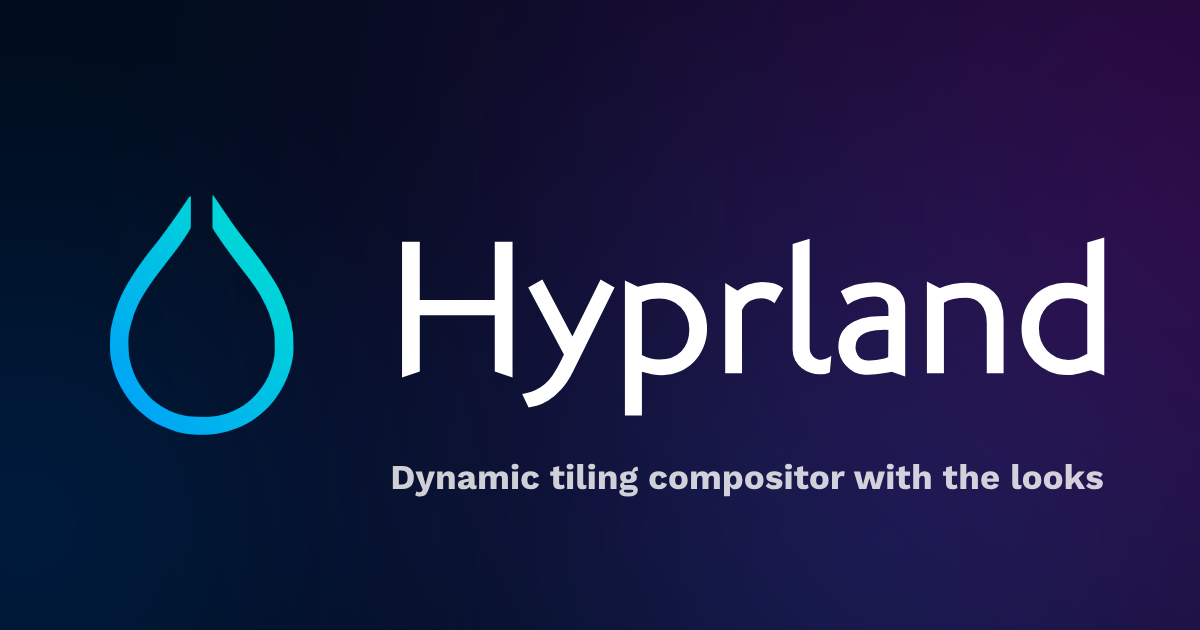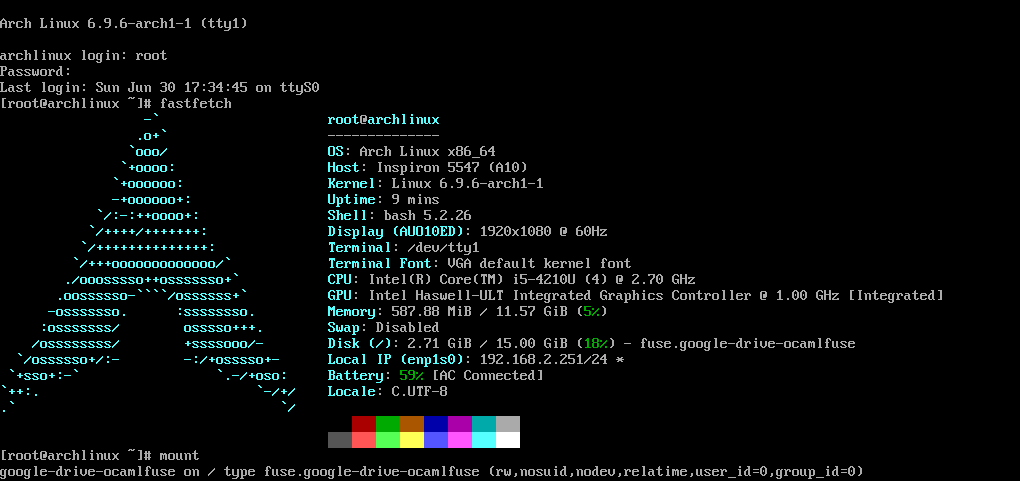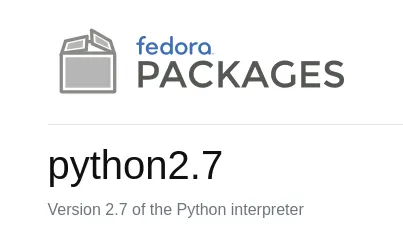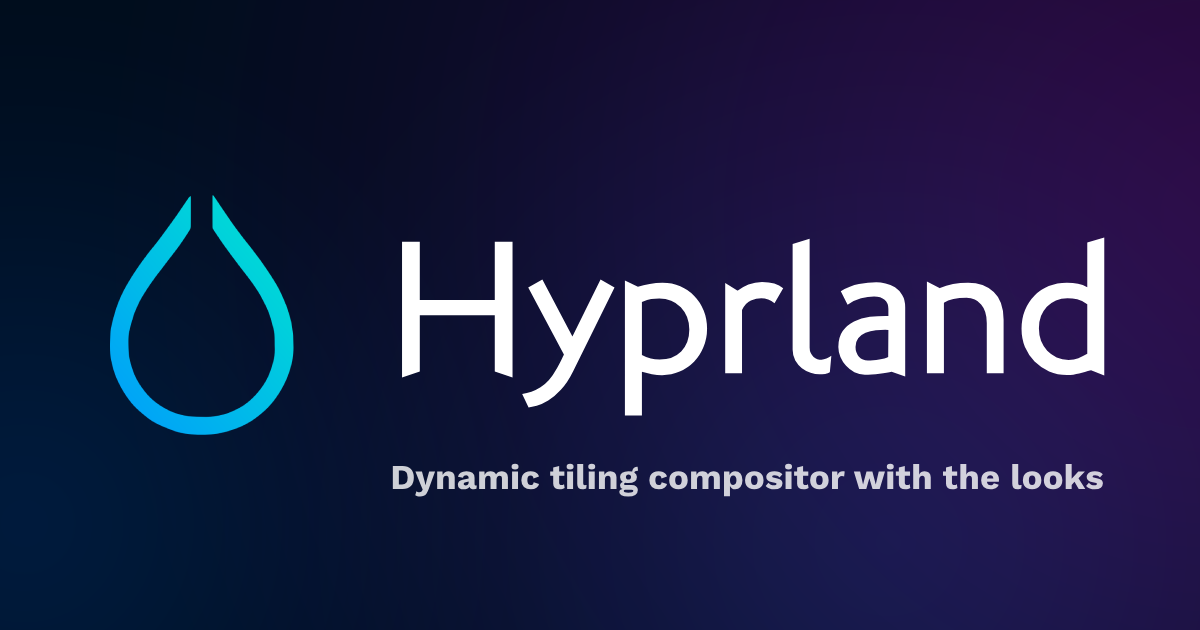

They are evaluating different ways to continue to support ad blocking. E.g. “unbraving” Brave Browser, or just implementing their adblock-rust.
They most likely won’t support MV2, since it would get increasingly difficult with each update to Chromium.
https://github.com/ungoogled-software/ungoogled-chromium/issues/662















It’s one year cooldown after joining a family share. I.e. if you leave half a year after joining, you have to wait another half a year to join another family share.
https://discuss.tchncs.de/comment/13005467